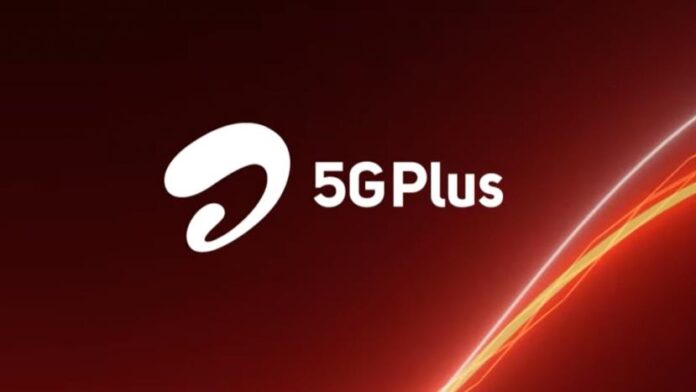5G services are now available in several Indian cities and many of you might have tested it already. It offers up to 1Gbps speed to users, though a lot of customers have mostly received up to 700Mbps speed only. This is still super fast and if you want to download a big file or any content, you won’t wait for more than a minute.
However, those who have tested 5G in India might be aware of the fact that it is eating up a lot of your mobile data within minutes. This is something that has happened to me quite a few times, but initially, I didn’t realize that 5G could be draining out my mobile data. In fact, the use of 5G landed me in trouble.
I was in Delhi and wanted to book a cab, but I couldn’t do it because 5G drained out most of the mobile data a few hours after I switched from 4G to 5G. For some reason, there were no cabs or autos available to head back to my place. So, I had only one option and that was metro. But, I had an issue with that as well. We have now become used to UPI payments for every small thing, but for online transactions you need internet. Thankfully, I had some cash in my bag, which saved me. Well, I could also have asked a friend to recharge for me, and switched back to 4G.
But, the point is, mobile data is quite important these days for a lot of things and high internet speed provided by 5G drained out all of my data in no time, and I was almost stuck at a place I don’t know much about. So, users are advised to not use 5G when not at home, if they don’t want their mobile data to run out very fast. If you do, be ready to buy a data add-on pack.
Why is 5G draining out data at a faster rate?
5G offers 10 times faster internet speed, so the data gets consumed at a much faster rate. It is pretty simple. 5G is so fast that it can download a movie or a graphically demanding game on mobile within minutes or seconds depending on the content size. If you open a long video on YouTube, then 5G will quickly buffer it even though you don’t plan to watch the full part. 4G or 3G, on the other hand, will take longer to load a full video. So, your data gets used up quite faster because 5G speed is top notch and consumes more data to offer you all the content quickly.
Similarly, if you visit a website with a lot of graphics, widgets or other content for just 30 seconds, then all this will get loaded within seconds because of high internet speed, which will consume a lot of data. And slow internet would have shown you only the text part even if you visit a site for half a minute. Hence, the data usage would have been less. This brings us to our next question – will 5G plans cost you huge?
5G prepaid and postpaid plans may cost huge
Well, it won’t be surprising to see if the price of the 5G plans will be very high compared to 4G because the telecom companies are expected to offer more mobile data than what it is offering with existing plans. 5G will be consuming more data, so data provided with 5G prepaid or postpaid plans will likely be higher and so will be the price.
Though, the Indian government has promised that people will get 5G at an affordable price. Reliance Jio has also asserted that it will offer 5G to users at the lowest price possible. So, it remains to be seen how
How to save data while using 5G?
People can simply use the data saver option on their smartphones, which will save some of your mobile data. You can set data limit for apps like Instagram, YouTube Music, Twitter and more.
What are the issues with 5G services?
People have complained about data running out faster. The telecom companies are not even offering additional data to users and are giving only up to 1Gbps speed for free, which is eating up a lot of data pretty fast. This is something that we have also experienced. Users have also witnessed network issues. 5G is not stable yet and customers are also witnessing call drop issues a lot, while some are not able to make calls. So, the experience is still not seamless. Of course, it will take time because telecom companies are still testing it in many cities.
5G is expected to be rolled out across the country by the end of 2023, which is something that the telecom companies have promised.










